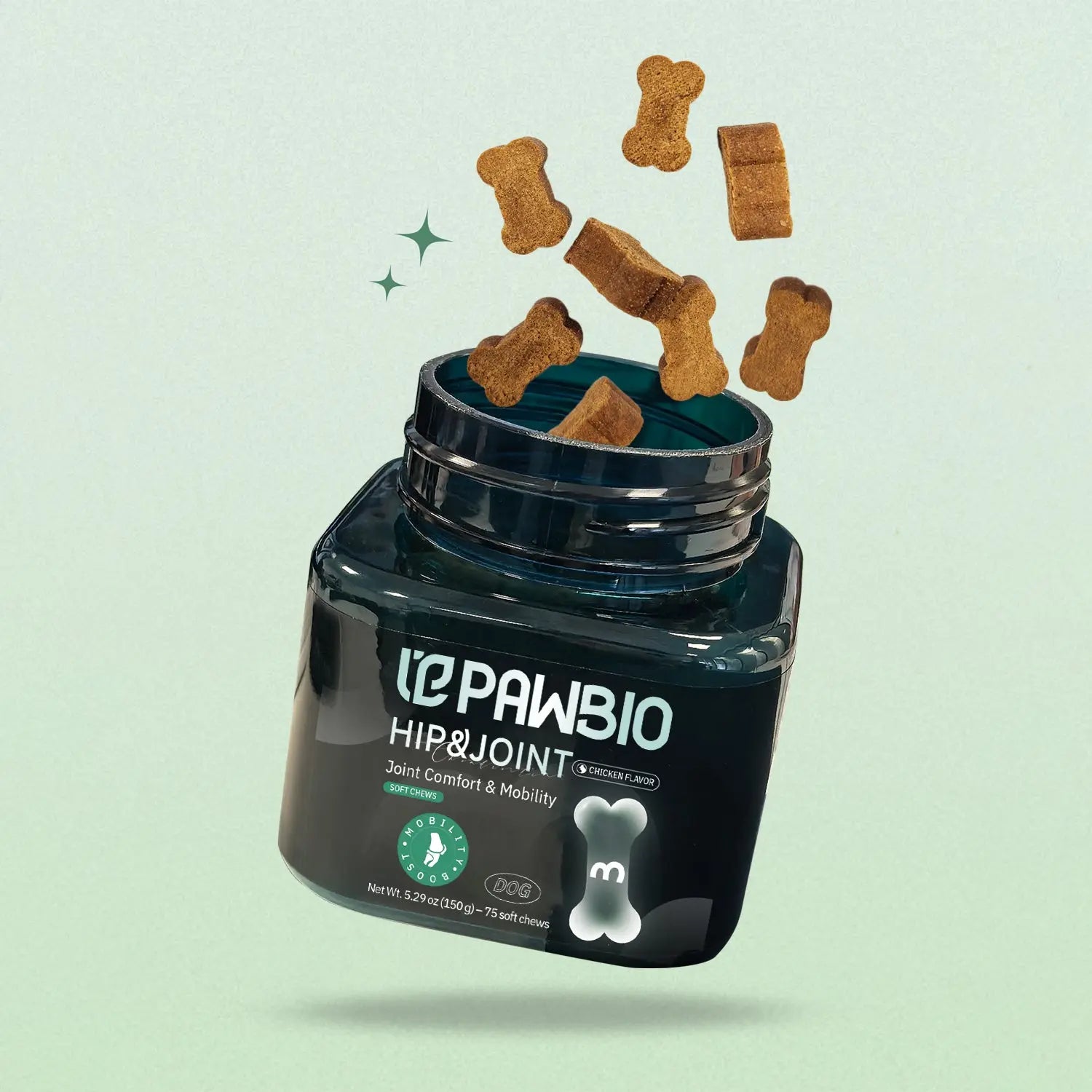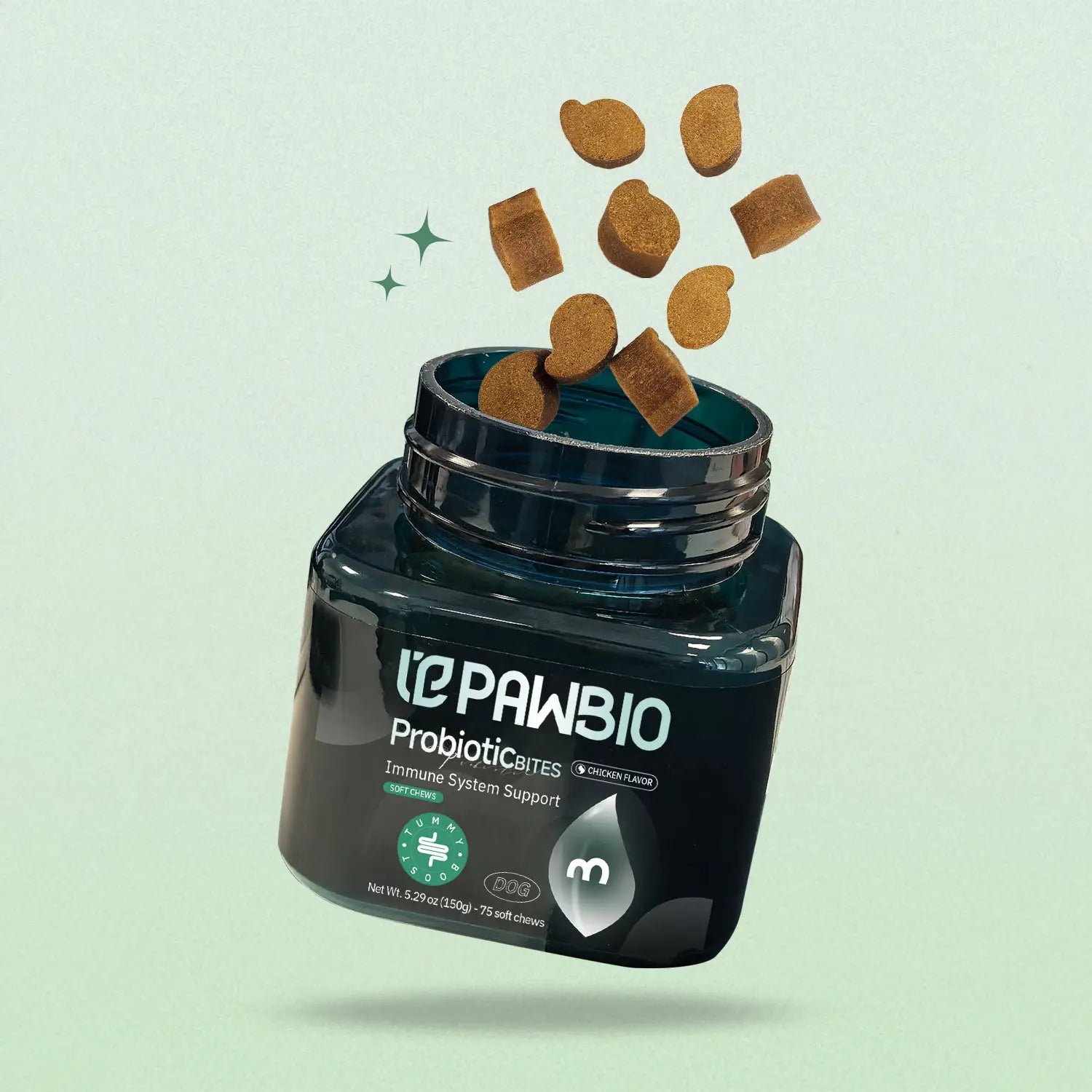By Dr.Sophia Martinez
Dog Allergy Relief: Benadryl Dosage Guide & Safe Alternatives + When to Call the Vet
When Allergies Strike, What Can You Safely Use?
What Is Benadryl & When Can You Use It for Dogs?

Dosage Guidelines: How Much Benadryl Can I Give My Dog?
Veterinary-Backed Guidelines:
-
Pet Honesty: 1 mg per pound of body weight; e.g., a 50-lb dog gets two 25 mg tablets.
-
Merck Veterinary Manual / PetMD: 2–4 mg per kg (0.9–1.8 mg per lb), two to three times per day.
| Dog’s Weight | Typical Dose (mg) | Frequency |
| 10 lbs | 10 mg (1 mg/lb) | 2-3 times per day |
| 25 lbs | 25 mg (one 25 mg tablet) | — |
| 50 lbs | 50 mg (two 25 mg tablets) | — |
| Max Range | Up to 1.8 mg/lb ≈ 90 mg for 50-lb dog | — |
-
Tablets (25 mg or 50 mg) or capsules—split tablets if needed for accurate dosing.
-
Children’s liquid formula for small dogs, e.g., 12.5 mg per 5 ml (0.4 ml per lb).
Side Effects & Overdose Risks: What to Watch For
Common Side Effects:
-
Drowsiness (most frequent)
-
Dry mouth, increased heart rate
-
Urinary retention, appetite loss
-
Serious Risks or Overdose Signs:
-
Agitation, dilated pupils, seizures
-
Vomiting, diarrhea, constipation
-
Rapid heart rate or unconsciousness
When to Skip Benadryl and See the Vet
-
Difficulty breathing or facial swelling
-
Persistent vomiting, diarrhea, or red/hot skin areas
-
Known conditions like glaucoma, seizures, heart disease, or pregnancy
Natural Alternatives & Pawbio Supplement Solutions
-
Calming Supplements: Herbal ingredients like chamomile, ginger root, passion flower, and hemp oil may ease anxiety.
-
Colostrum: Helps support the immune system and mitigate allergy symptoms.
-
Pawbio’s Allergy Support Products:
-
Allergy Immune Chews or Powders rich in colostrum, probiotics, and prebiotics (e.g., pumpkin or sweet potato) to support gut and skin health.
-
Calming Chews with natural ingredients that promote relaxation without sedation.
-
Use as directed by weight for consistent effect.
-
Summary (Quick Reference)
-
Benadryl Safe Dose: ~1 mg/lb (0.9–1.8 mg/lb), 2–3 times daily.
-
Common Side Effects: Mild sedation, dry mouth, slight GI upset.
-
Overdose Warning Signs: Seizures, extreme lethargy, rapid heartbeat.
-
Skip Benadryl If: There’s airway compromise, severe symptoms, or serious health conditions.
-
Natural Options: Pawbio calming or allergy supplements, colostrum, herbal chews—great for preventive care and long-term skin support.












